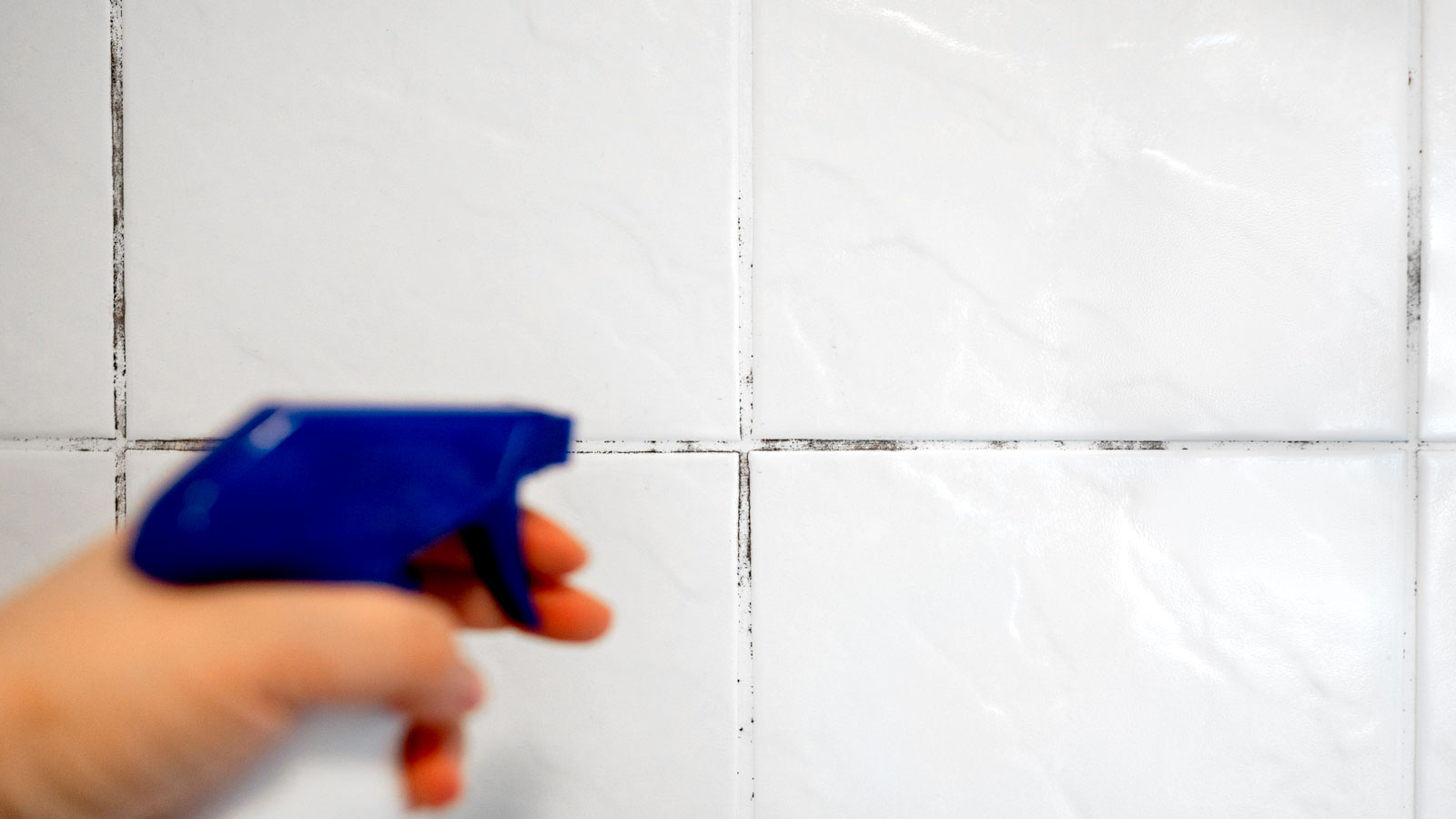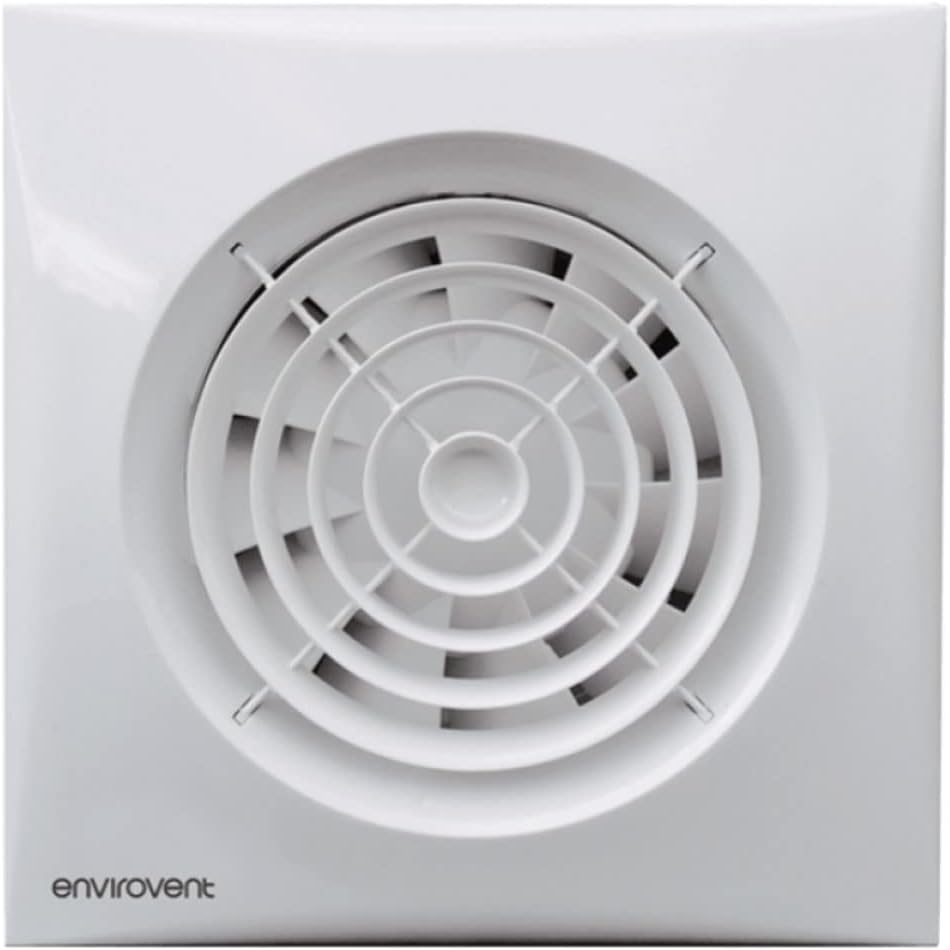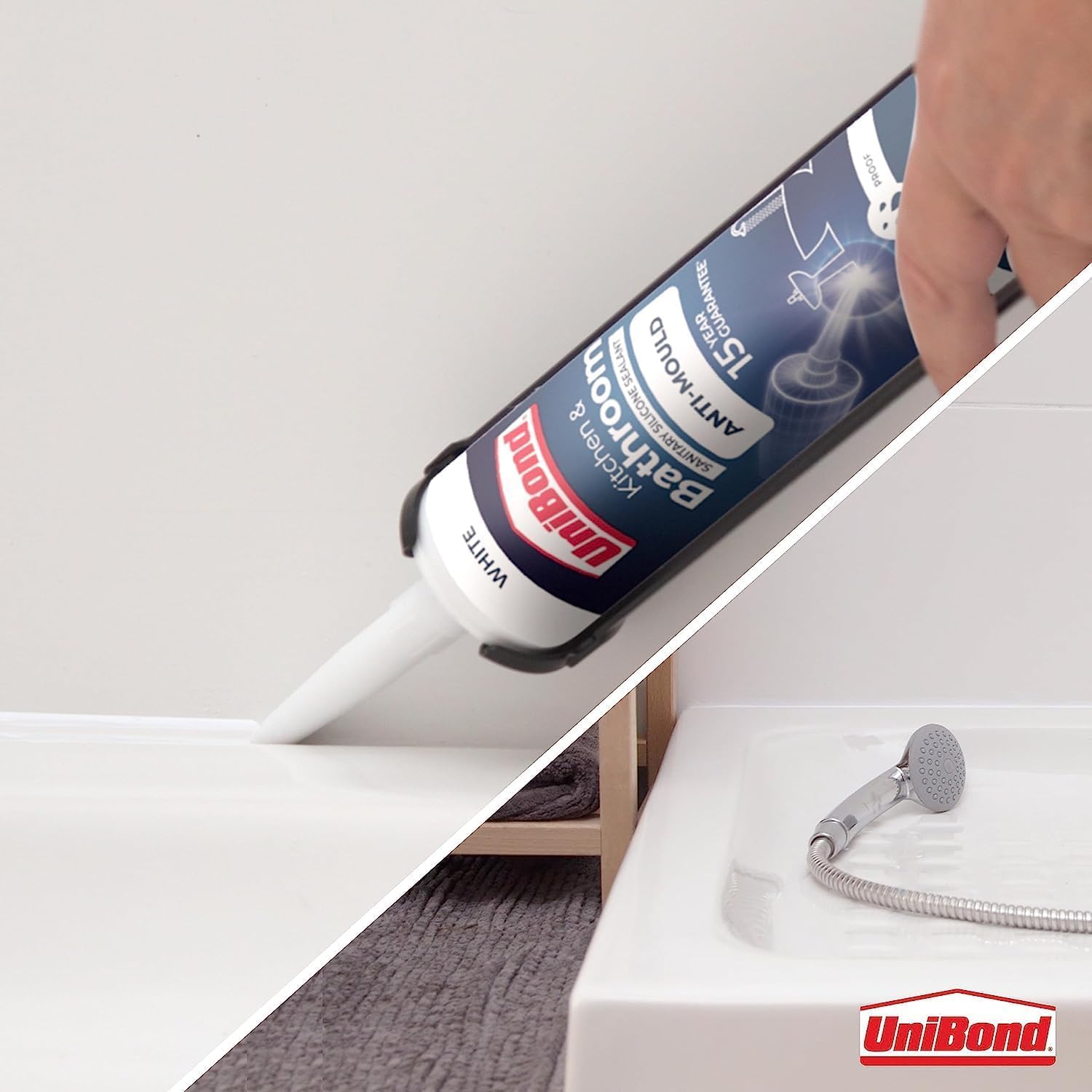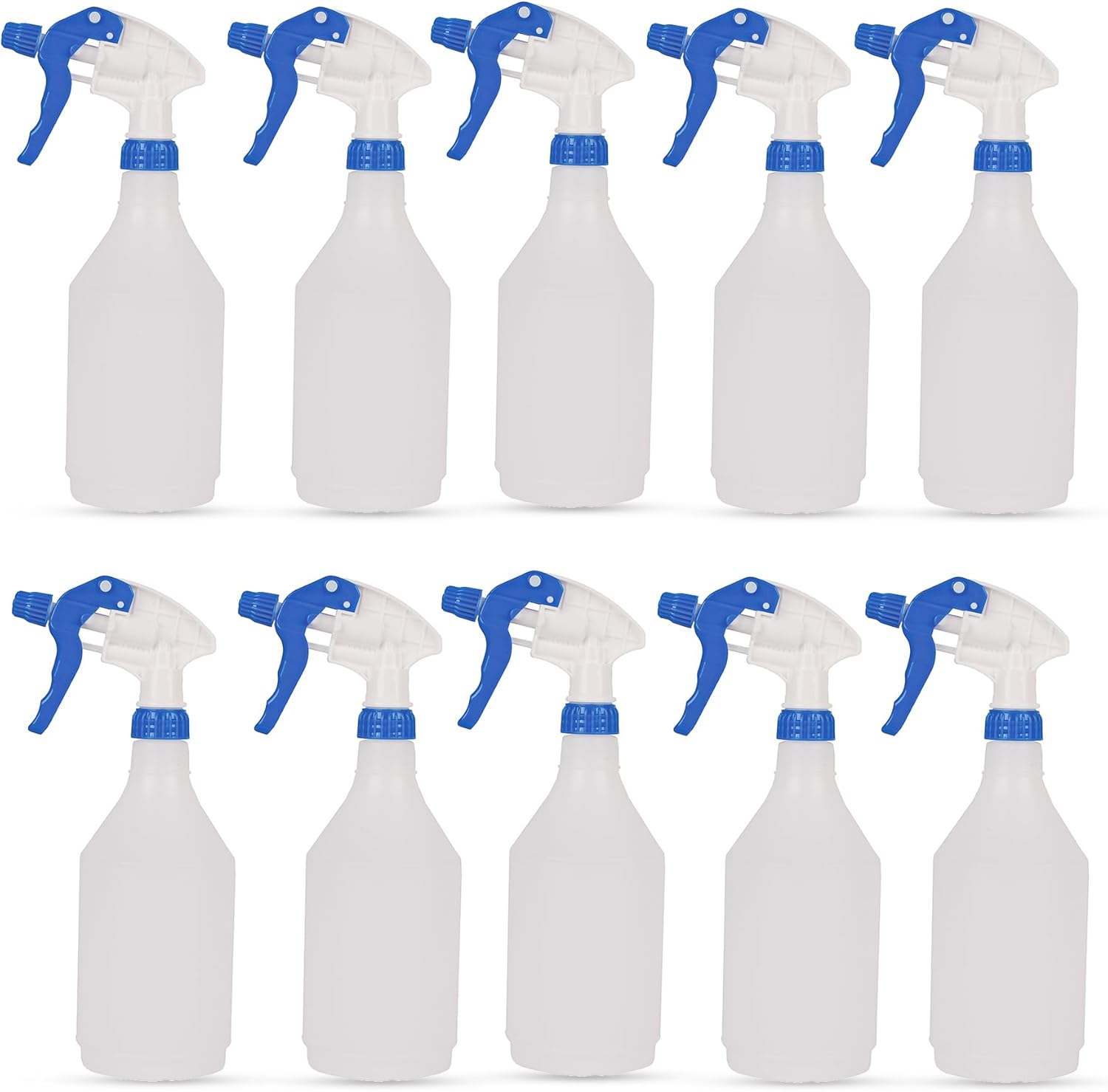Black mould in bathrooms is a big no-no. These easy-to-follow cleaning tips will help get rid of it for good
No one wants black mould in their bathroom. Find out what causes it and why you need to get rid of it as soon as possible

Black mould in bathrooms is unsightly and harmful, and it must be tackled promptly. The longer it is left, the worse it will become, leading to more problems and making it harder to remove.
Mould in a bathroom can manifest itself in various forms. It could be something simple, like surface mould on tiles, or ingrained into walls, ceilings, and sealants. The method for removing mould from ceilings is typically different to removing mould from sealants.
Here we explore why black mould develops, how to eliminate it, and how to prevent it from returning, keeping your bathroom mould-free.
Causes of black mould in bathrooms
Black mould in a bathroom is typically caused by a combination of factors, as Nicholas Auckland, heating and energy expert at Trade Radiators, shares: “Black mould in a bathroom is generally always caused by a combination of excess moisture and poor ventilation.”
He adds, “Not using extractor fans, not opening windows after bathing and not venting windows means that moisture doesn't have anywhere to escape from.”
But these aren’t the only causes, as Auckland shares, “Bathroom black mould can also be caused by the likes of leaks, cracked grout and even plumbing issues.”
He adds, “The excess moisture and consistent cleaning in a bathroom can wear away grout and sealings around windows, which can then lead to persistent damp issues, which can prompt black mould to grow.”
Bring your dream home to life with expert advice, how to guides and design inspiration. Sign up for our newsletter and get two free tickets to a Homebuilding & Renovating Show near you.

Nicholas Auckland is a heating and energy expert with almost 20 years of experience in the industry, as well as the Managing Director of Trade Radiators.
Try these to help get rid of black mould in a bathroom

This bathroom extractor fan has an impressive extraction rate of 96 cubic metres per hour. More than enough to quickly remove moisture in the air and help stop mould forming where it's not wanted.

A long-lasting white silicone anti-mould waterproof sealant. Formulated for high-moisture areas such as bathrooms, it is touch-dry within 20 minutes.

If using a home-made mould removal remedy such as water and vinegar, you’ll need a spray bottle to apply evenly. Holds 750ml of liquid and has an adjustable nozzle to go from a jet to a fine mist.
Health implications of black mould
Black mould in bathrooms can be harmful to your health. It is a fungus that grows in damp conditions and releases spores into the air. Inhaling or touching these spores can cause allergic reactions, such as sneezing and rashes.
Those with asthma and other lung conditions, as well as the very young and the elderly, are especially vulnerable. Although it looks unpleasant, it can also be dangerous if left untreated. Therefore, it makes sense to address it as soon as you notice any black mould developing.
How to get rid of black mould in bathrooms
There are a few different options to help get rid of black mould. Yvonne Keal, product specialist at Hillarys shares, “For small areas, natural remedies like white vinegar or tea tree oil can be effective.” Add two parts vinegar and one part water to an empty spray bottle, then apply with a mist spray. Leave for 30 minutes and wipe with a clean, damp microfiber cloth like these MR.SIGA Microfiber Cleaning Cloths from Amazon
If this doesn’t work, Keal says, “For more stubborn patches, I recommend specialist cleaners.” Try this HG Mould Spray from Amazon.
For more specific areas such as tiles and grout Colm Lalor, Commercial Director at leading bathroom brand nuie says, “The easiest way to remove mould is by dipping an old toothbrush in a solution of one part bleach to four parts of water, and then – using a bit of elbow grease – scrub the mould away before rinsing with water.”
He adds, “Wear gloves to protect your hands and be careful not to scrub too hard to avoid damaging the grouting.”
For other surfaces, Lalor says, “To remove mould from smooth surfaces – such as ceramics – use the same solution and gently scrub using a damp cloth until the mould is gone, then dry the area well with a dry, soft cloth.” He adds, “Avoid using bleach on brassware and painted surfaces.”
Finally, if you find mould developing on a blind due to condensation, Keal says, “Gently brush mould patches with a stiff brush or spot treat with a specialist fabric detergent. Leaving the blind to air dry after cleaning can help prevent further outbreaks or smells from forming.”

Yvonne has over 20 years of experience in the interiors industry. She provides practical advice to customers on the causes, removal and prevention of mould in bathrooms, as well as the best window dressings to choose.

Colm Lalor is the Commercial Director at leading bathroom brand nuie. He is an expert in the field of bathroom renovations with a wealth of knowledge about best practices and pitfalls to avoid.
Black mould on sealants
When bathroom sealant is constantly exposed to water or moisture and doesn’t dry out properly mould can start to form. Typically, the sealant has been compromised – meaning the edges are starting to lift away from the surface – and moisture is getting underneath the sealant. Moisture gets trapped under the edges and black mould can start to grow.
Poorly applied sealant is a common cause of black mould. When sealing a bath or sink the area where the sealant is applied needs to be free of soap residue, grease, dust etc. Otherwise, it won’t create a watertight bond, providing a scenario suitable for black mould to grow.
There are a number of different methods that can work to help remove black mould from silicone sealant and give it a fresh look and pleasant smell. These are very similar to the methods mentioned previously.
We recommended a mixture of baking soda and warm water applied with a toothbrush as an effective natural cleaner. However, if the sealant in your bathroom is beyond saving the best thing to do is to replace it with one of the best bathroom sealants on the market. Don’t forget to make sure that the surface the sealant is being applied to is clean and dry.
It is worth knowing that vinegar is effectively acetic acid in water so using vinegar as a sealant cleaner can damage sealant if used regularly. But in reality, the amount of acetic acid used in vinegar is nominal and will have little effect on the sealant.
Preventing black mould returning
If your bathroom is trapping moisture in the air, you need to remove it to help prevent the formation of black mould. Keal shares, “Ventilation is key, make sure extractor fans are working properly and run them during and after showers.”
If you don’t have an extractor fan, then check out our best bathroom extractor fans guide. If you can, set it up so it comes on whenever the light is switched on, or purchase a fan with an adjustable humidity setting.
Keal adds, “Keeping the bathroom warm helps reduce condensation. Fix any leaks quickly and dry surfaces after use. Using mould-resistant paint and grout also helps keep mould at bay.”
If water is pooling in certain spots, e.g., at bath edges against walls or in shower tray corners, wipe it away and dry the area with a cloth/towel. Keeping it dry will help prevent mould from forming.
Painting over black mould in bathrooms
Bathrooms can produce a lot of humidity and warmth, which promotes the growth of black mould on walls, especially in corners, at the top of walls and ceilings. Before you can paint, removing mould from walls is an essential part of the process.
“Simply covering up mould with paint does not address the root cause. If you don’t deal with it head-on, you’re only allowing it to spread to other areas of your home.”
The affected areas will need to be left to dry out. Leave windows open to help remove moisture. When dry, use a mould-resistant paint like Zinsser PermaWhite from Amazon or Dulux Easycare Bathroom from B&Q. Both contain mould inhibitors to help keep black mould at bay.
But when you use anti-mould paint is important as Rolland points out, “While anti-mould paint may prevent future mould growth, it's not something to turn to when it comes to dealing with existing mould.”
He adds, “Applying anti-mould paint over existing mould may not fully eradicate the issue, as mould can persist beneath the surface and continue to pose health risks. Properly addressing the underlying moisture issues (and possibly consulting a professional mould specialist) is essential to solving your mould problem.”

Michael Rolland is a painting expert and Managing Director of The Paint Shed. Michael has years of experience within the painting industry, using this expertise to influence his own DIY projects using the best possible tools and materials.
Mould in a bathroom can get everywhere. Check out our how to remove mould from grout and mould on skirting boards guides to restore both to their former glory.
Steve Jenkins is a freelance content creator with over two decades of experience working in digital and print and was previously the DIY content editor for Homebuilding & Renovating.
He is a keen DIYer with over 20 years of experience in transforming and renovating the many homes he has lived in. He specialises in painting and decorating, but has a wide range of skills gleaned from working in the building trade for around 10 years and spending time at night school learning how to plaster and plumb.
He has fitted kitchens, tiled bathrooms and kitchens, laid many floors, built partition walls, plastered walls, plumbed in bathrooms, worked on loft conversions and much more. And when he's not sure how to tackle a DIY project he has a wide network of friends – including plumbers, gas engineers, tilers, carpenters, painters and decorators, electricians and builders – in the trade to call upon.

